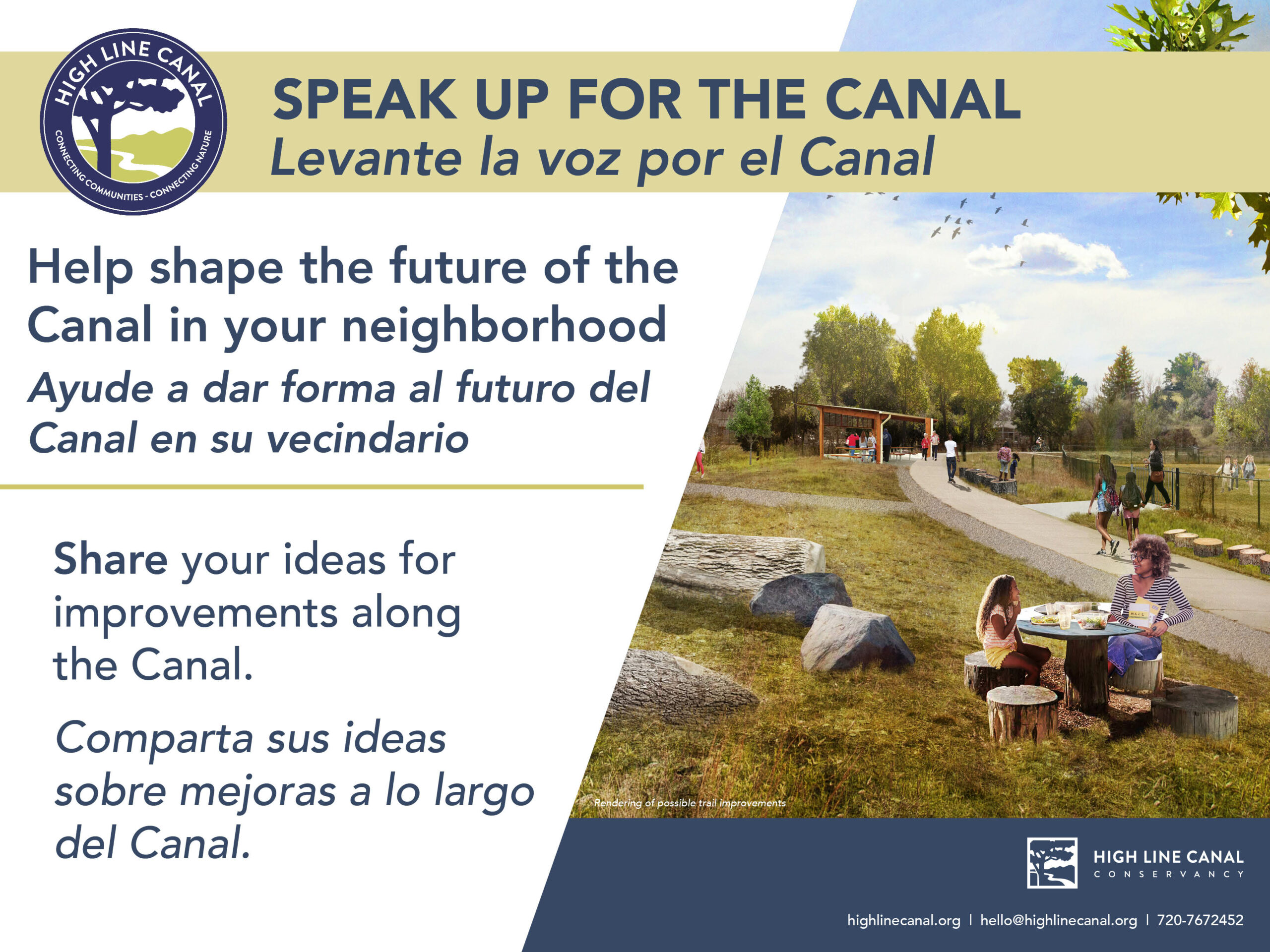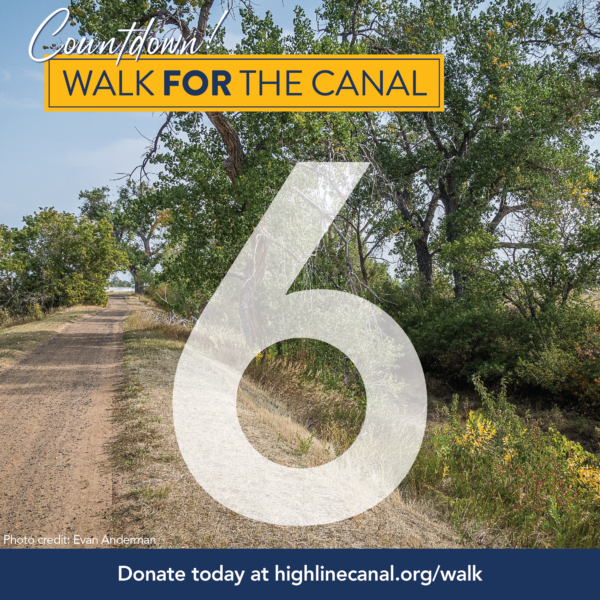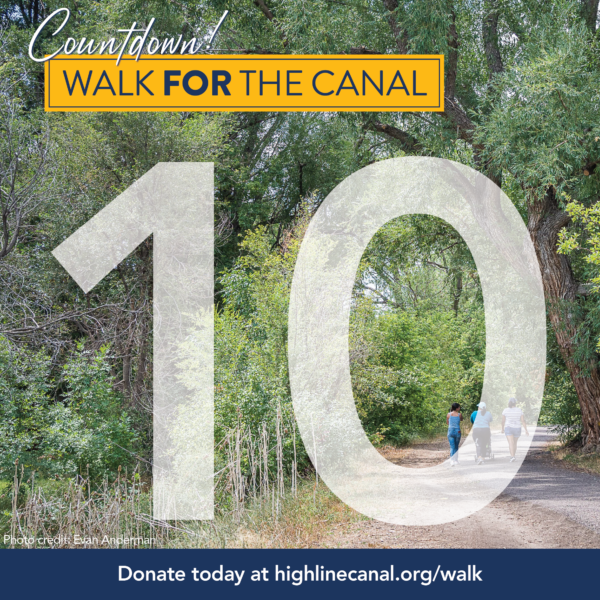
Harmful pollution, aging infrastructure, costly flooding, poor community health – these are a few issues that loom large in our region. The Stormwater Transformation and Enhancement Program (STEP) aims to address these issues by repurposing the High Line Canal (Canal) for green stormwater management. STEP provides benefits on nearly every scale by increasing flood resiliency, water quality and recreational opportunities, and decreasing health issues, heat island effects and economic burdens. To learn more about this innovative program, visit the STEP website or view our STEP videos.
Funding for the Future
The Conservancy is excited to announce a second-year grant for $125,000 received from the Pisces Foundation, which seeks ways to accelerate to a world where people and nature thrive together. The program is also generously supported by The JPB Foundation through the Funders’ Network for Smart Growth and Livable Communities, an administrative partner in issuing and managing this grant. The Conservancy is now poised to expand STEP in the next year by leveraging investments from local governments, partners and developers, providing comprehensive tools and resources for implementing stormwater projects, and deepening stakeholder and community engagement.
Pilot Projects
Next year, you’ll start to see STEP in action transforming the Canal. Designs for several demonstration stormwater projects have been wrapped up, with construction expected to begin in early 2020. The demonstration projects, located in City and County of Denver and City of Greenwood Village, will focus on installing water quality berms to help fully realize the Canal’s potential for flood mitigation and to provide for water quality treatment (see visuals below). However, other design elements are key for making these projects a success as described below.
-
City and County of Denver Stormwater Project
- Scope: Retrofitting one mile of Canal from Wellshire Golf Course (in Eisenhower Park) to I-25 with existing stormwater
- Features: 3 water quality berms, 4 drive-thru forebays (to collect trash, sediments, etc before entering the Canal) and 2 water quality vaults
- Benefits: Detain existing stormwater longer and allow it to infiltrate the banks of the Canal more effectively
-
City of Greenwood Village Stormwater Project
- Scope: Repurpose a 2.5 mile stretch of the Canal for treatment and conveyance of existing stormwater
- Features: 2 water quality berms
- Benefits: Reduce localized flooding, enhance vegetation, and naturally treat the stormwater already flowing into the Canal
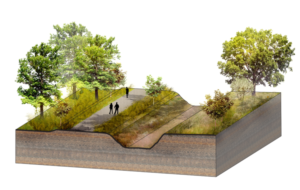
Existing Canal Conditions
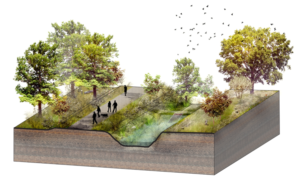
Enhanced Canal Conditions
The Canal’s Potential
These pilot projects provide a glimpse into the Canal’s potential to serve as a regional green infrastructure and stormwater management system. Based on the 2014 Stormwater Feasibility Study (found here), the Canal has the ability to meet nearly 70% of the water quality storage needs of its tributary area by temporarily storing about 200 acre feet of stormwater runoff. This amount of storage will also allow for additional infiltration of about 1,000 acre-feet of water per year to support the Canal’s plant life and important function as a greenway.
Building off the Stormwater Feasibility Study, in 2018, Mile High Flood District completed the High Line Canal Stormwater and Operations Master Plan (found here) to verify the findings from the Feasibility Study. This Plan examined the operational and flood control considerations and the needed improvements to use the Canal for water quality and flood control purposes for numerous adjacent areas.
To tap into the Canal’s potential, the Conservancy, Denver Water, Mile High Flood District and jurisdictions along the Canal are creating processes and models to guide decision making through STEP. This heavy lift behind the scenes will certainly pay off to secure a greener, healthier and more resilient future for our greenway and our community.
If you have questions about STEP or future projects, contact Cathy McCague, Program Manager at the High Line Canal Conservancy, at cathy@highlinecanal.org.




